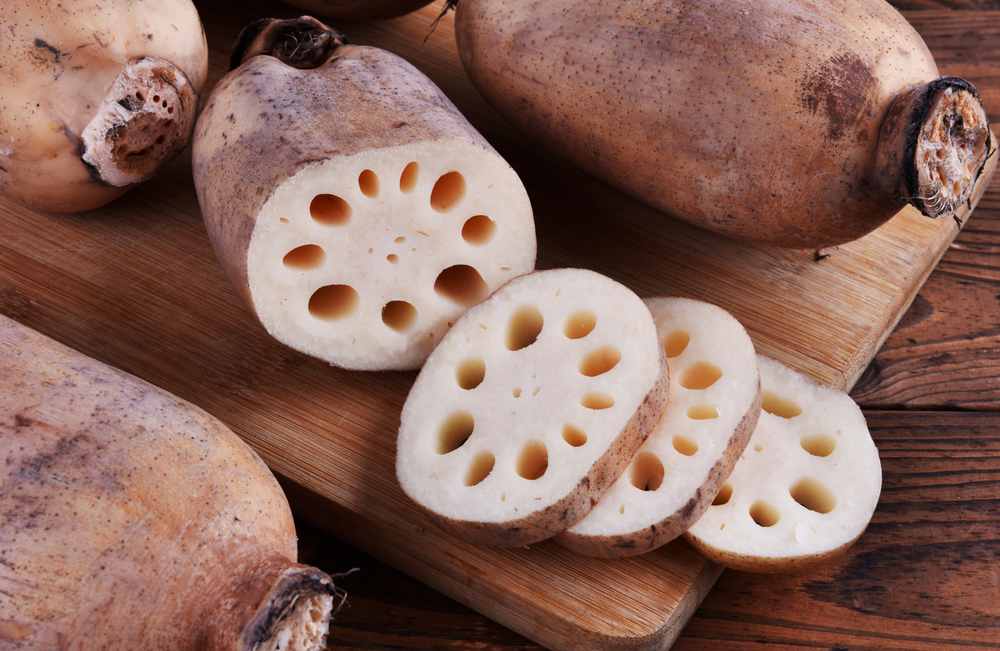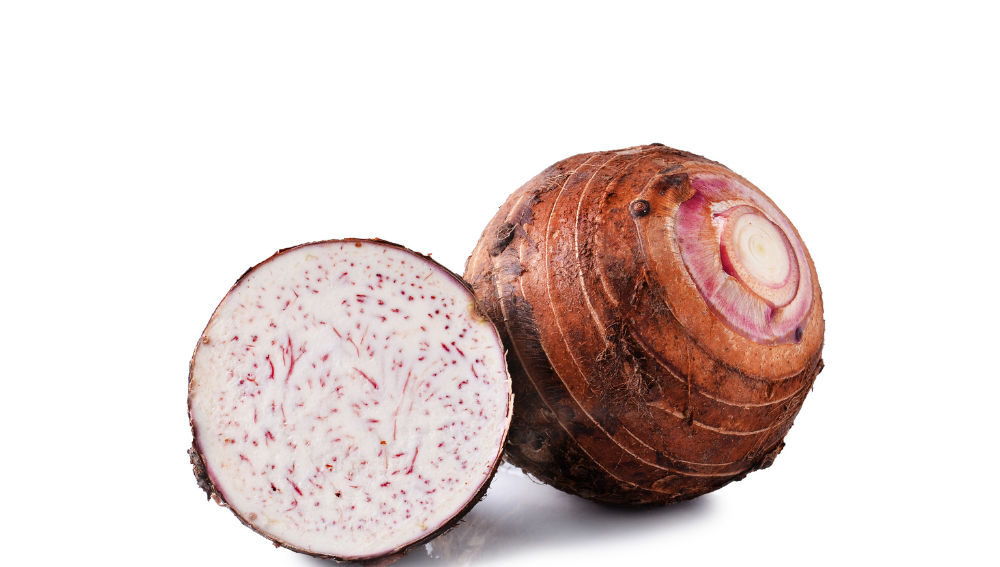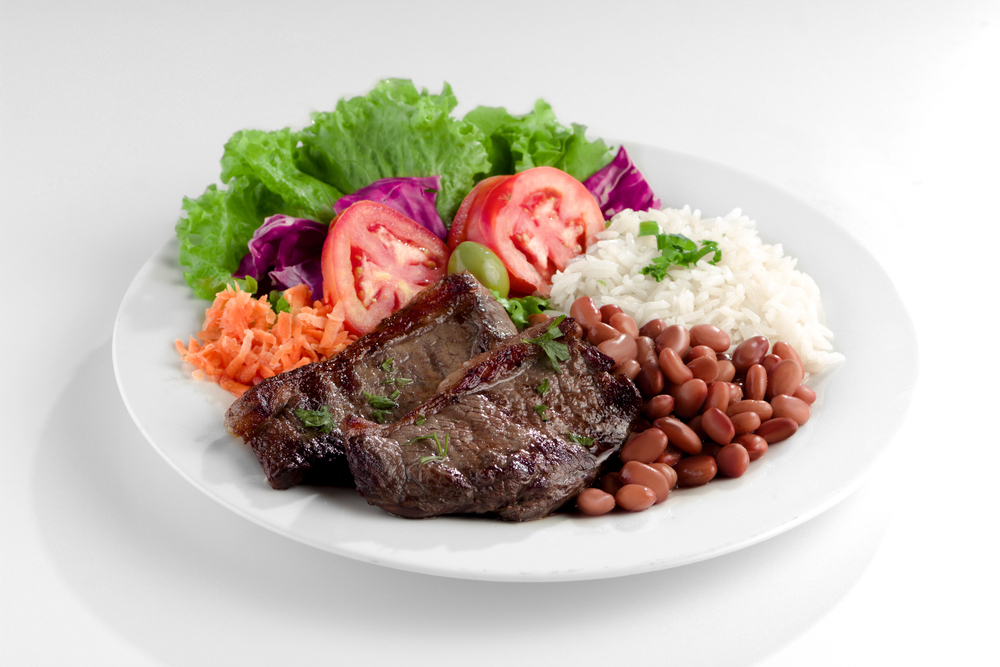Every type of rice is the same, or is it? You may have heard of different versions of rice, such as long-grain, brown, wild, dirty, and enriched. Yet, one that stands out from all others is raw rice.
What is raw rice, you might ask? Well, raw rice is the uncooked form of many types of commercial rice.
Raw rice is the root of many rice varieties, including short-grain, long-grain, and medium-grain rice varieties. Primarily available in white and brown varieties, raw rice forms the foundation for many other types that are later modified, such as milled rice, polished rice, and brown rice.
Varieties of Raw Rice
There isn’t just one variety of raw rice you can enjoy, but many available types. When the husk and outer shell of raw rice are removed, it is known as milled rice. Yet, when the husk, bran, and germ portions are removed raw rice is commonly known as white rice or “polished rice.”
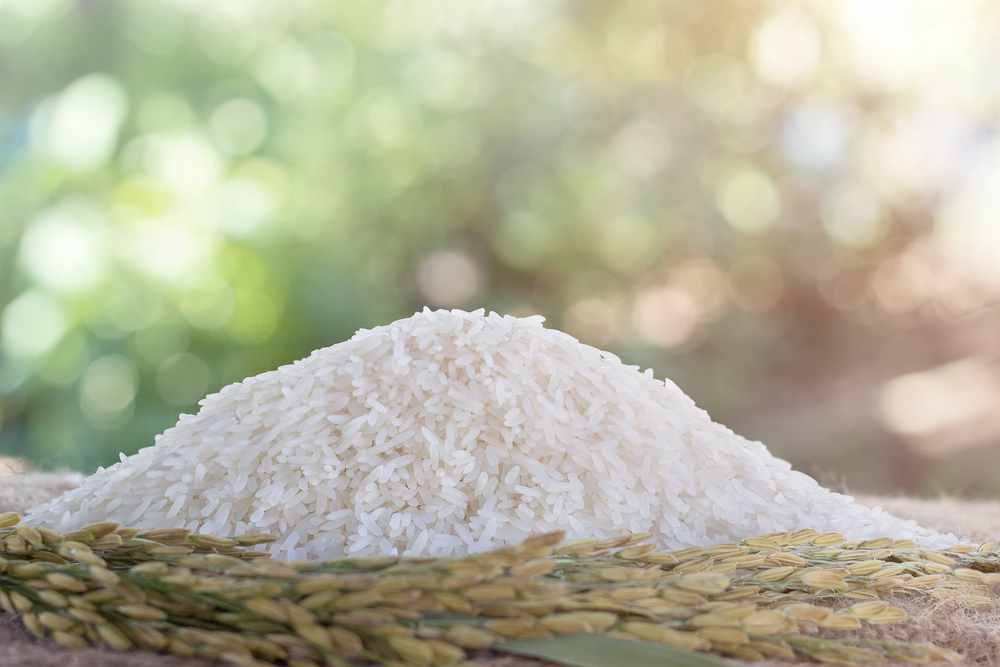
With a nuttier flavor, brown rice is also a variety of raw rice that retains oil well due to its bran content. Other varieties of raw rice include jasmine and basmati, which are considered to be more exotic versions.
Nutritional Value of Raw Rice
Rice is a naturally occurring carbohydrate, so raw rice falls into this same category, as well. It provides quick energy in a tiny little package and is expensive, as well as widely available. While your body is unable to digest raw rice, it is not assigned a nutritional value until it is presented in its cooked format.
As a good source of riboflavin, niacin, and thiamine, raw rice is not a complete carbohydrate, but it does contain some of the nutrients your body needs on a daily basis. Raw rice also contains amino acids, and unmilled rice can provide a substantial amount of fiber. Some manufacturers even enrich raw rice with extra vitamins and nutrients, which you can find on store shelves with ease.
Eating Raw Rice
As a top cause of digestive issues, you should never eat rice in its raw form. Not only is it hard on your stomach, but it can also contain harmful bacteria.
Raw rice is rice in its original form before it has been steamed or cooked, so it hasn’t been exposed to high temperatures that would kill bacteria. Individuals who eat raw rice often have a form of pica, which is the tendency to eat non-food objects due to mineral insufficiency.
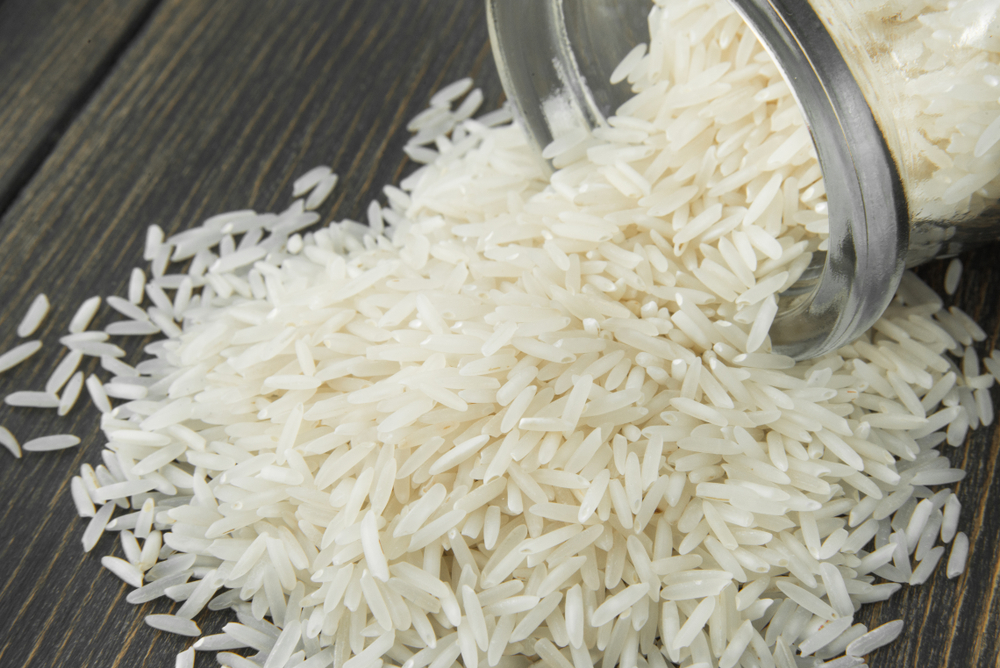
Cooking Raw Rice
Preparing raw rice is virtually the same for every variety. However, some may take a bit longer to fully cook than others.
When long-grain rice is cooked, it will become fluffy. Yet, the grains will remain separated during the entire process, whereas short-grain and medium-grain rice will retain more moisture. You’ll want to make sure you cook your raw rice before consuming it.
Comparatively, raw rice will be hard and coated in a powder that will come off upon cooking. In its original state, raw rice is inedible and can be used for household projects, such as making warming rice socks or door stops.
Raw Rice Storage
In its dry form, raw rice hardly takes up any space. In fact, one cup of raw rice is equal to nearly 3 cups of cooked rice.
After opening a bag of raw rice, it can be stored in an airtight container until you need to use it again. Colored raw rice, such as those that are purple or black, should be stored in the refrigerator to preserve its freshness.
Some types of raw rice, such as uncooked brown rice, can last on a pantry shelf for up to six months. However, they are a favorite snack of mice, so you’ll want to be sure to store them properly.




